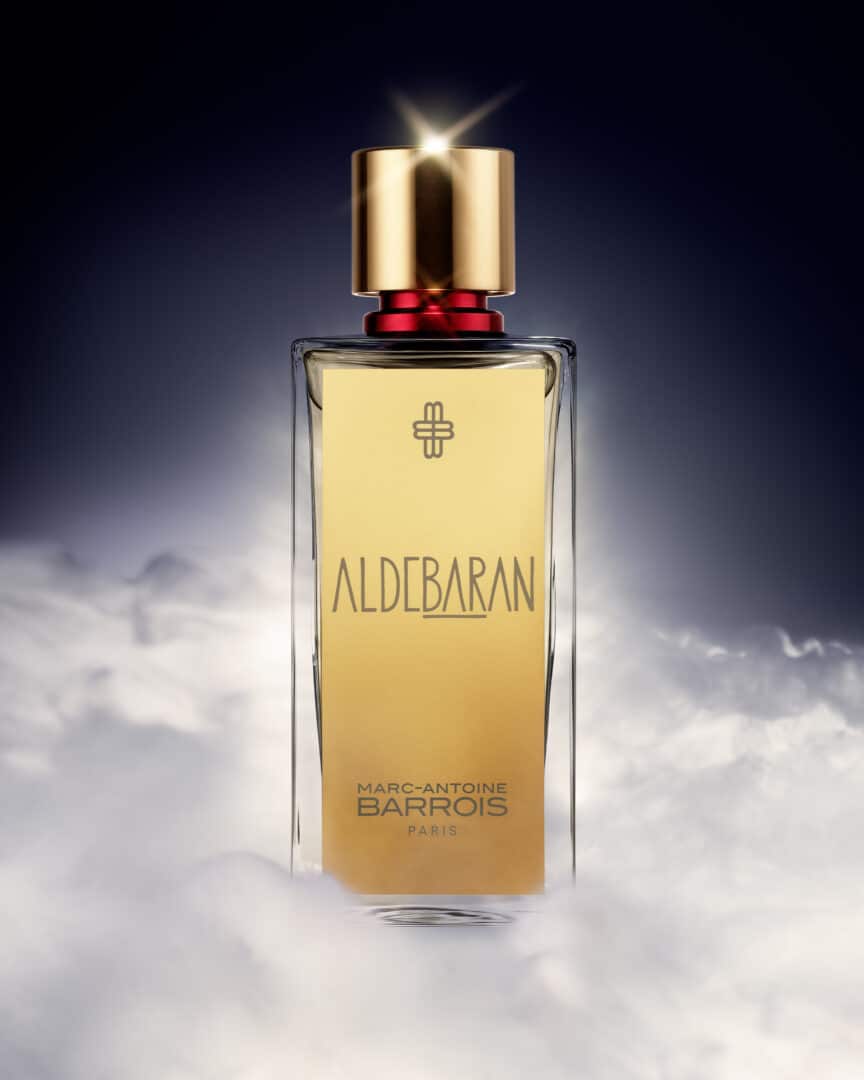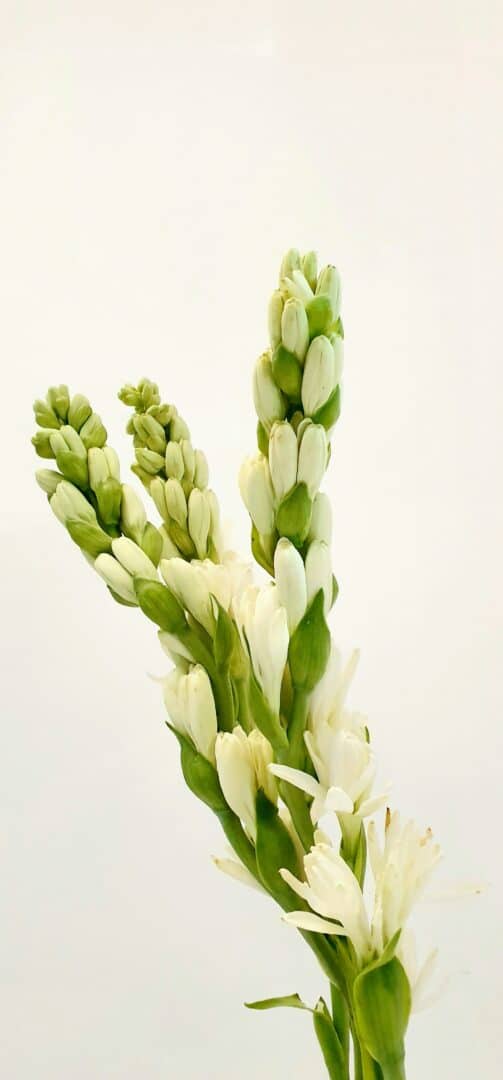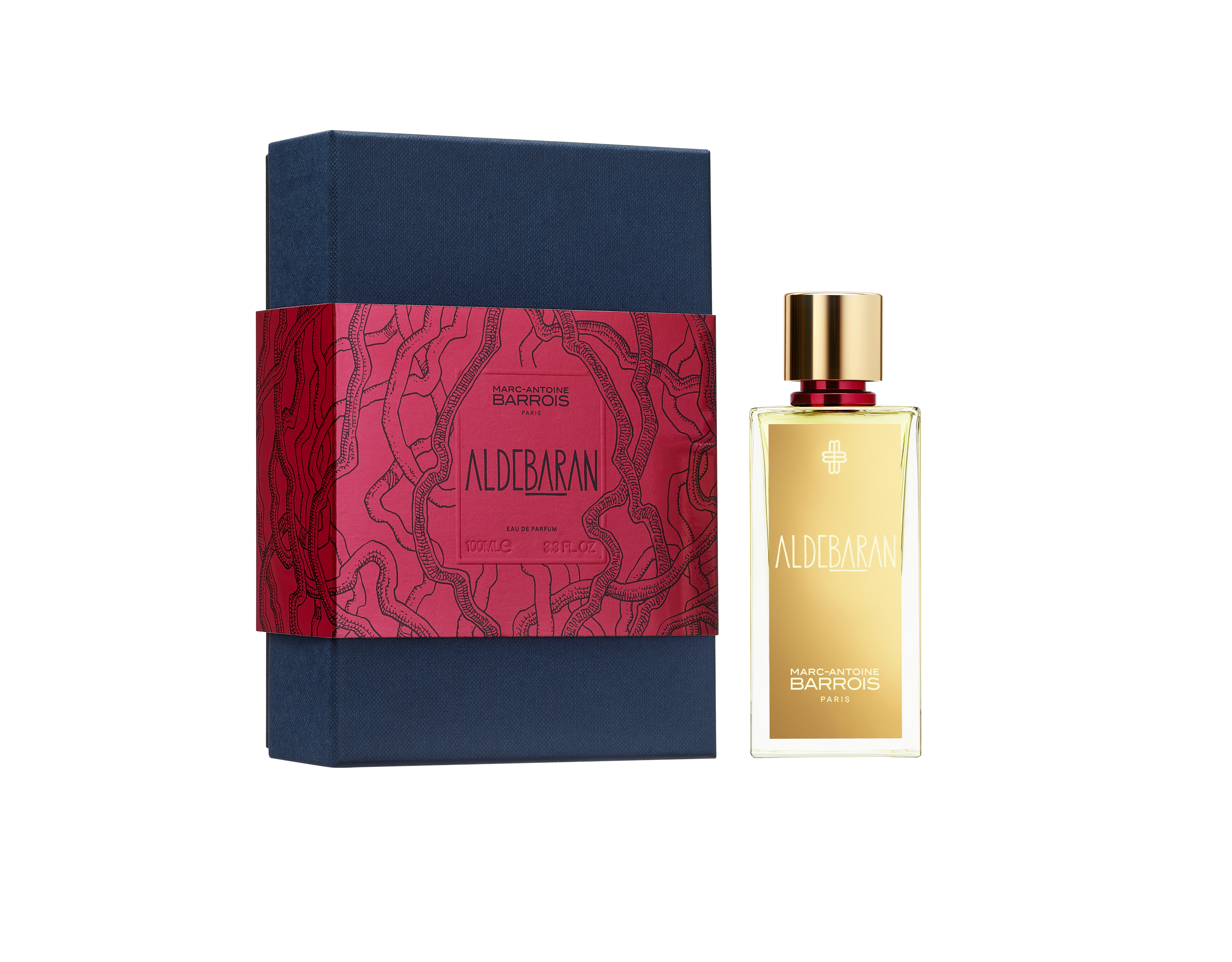Aldebaran… It sounds like a distant desert wind, ancient astronomy and stories from the Arabian Nights. In fact, the word Aldebaran comes from Arabic and means “the following one”. This is because the star of the same name follows the sparkling star cluster of the Pleiades in the sky. But Aldebaran is more than that. With its reddish-orange glow, it is the shining protagonist in the constellation of Taurus and one of the brightest stars of all. Around 65 light years away from us and around 45 times the size of our sun, this giant star sits majestically in the night sky – like a cosmic eye whose light is so bright and fascinating.

Even the ancient Persians revered it as the “royal star” and guardian of the East. The Hyades – an open cluster of stars that gives Taurus its characteristic V-shape – flash in its vicinity. And right in the middle: Aldebaran, powerful, luminous, timeless – “a white light in the darkness.” If you look up on a clear winter’s night, you can hardly miss it, it shines so brightly and clearly in the black firmament. No wonder this star continues to inspire artists, philosophers and – most recently – perfumers.
Aldebaran – stellar fragrance with radiance
None other than Marc-Antoine Barrois took on the luminous star Aldebaran and created a fragrance in its name. Naturally, Quentin Bisch was also on board and responsible for the olfactory realization of Barrois’ vision. The collaboration between the two has been fruitful and incredibly successful for years. Fortunately, they let us participate in their good ideas and developments, because what would our niche fragrance world be without a B683, a Ganymede, an Encelade or the enchanting lime blossom Tilia?
The creative team of Barrois and Bisch have once again turned their attention to flowers with Aldebaran. You can tell that the eau de parfum is part of the fragrance house’s second floral collection by the red neck of the bottle, which can also be found on Tilia. This time, we are dealing with a true grande dame of fragrance notes, of flowers in general, I might add: tuberose is at the heart of Aldebaran. A diva through and through, she is beguiling and seductive, but can also be unpredictable, moody and unruly at times.

Some are completely addicted to it, others turn away in dismay at its presence and expressiveness. I am also not a fan of tuberose per se and am usually skeptical of this majestic plant. But, as I have already said several times, over the last few years I have come across some truly beautiful tuberose creations. Considering the fact that the eau de parfum was composed by Quentin Bisch, I already know that Aldebaran will be just to my taste, because his creations are simply wonderful.
Quentin Bisch and Marc-Antoine Barrois – A strong duo
He is currently one of the most exciting and sought-after perfumers of our time – a creative free spirit who originally comes from the world of music and theater. He only found his way into perfumery in a roundabout way. Fortunately, one has to say, because he composes his creations with such emotionality and expressiveness that you simply want to melt away. His creations are masterful, whether for Amouage, Parfums de Marly, Penhaligon’s, Bon Parfumeur, L’Artisan Parfumeur or Marc-Antoine Barrois. They tell stories and transport us – sometimes quietly and intimately, sometimes dramatically and powerfully – into their very own, wonderful world of fragrances.
For Aldebaran, Quentin Bisch combined the ingredients tuberose, paprika, mate and tonka bean. After Marc-Antoine Barrois took us back to his childhood with his first floral fragrance Tilia and evoked a touch of nostalgia (you can find my review of it here), his latest eau de parfum revisits the tried-and-tested star theme that already defined his first creations. The inspiration for B683 was an astronomical one in the literary sense, namely the home planet of the Little Prince from the well-known story by Antoine Saint-Exupéry. With Ganymede he dedicated himself to a moon of Jupiter, with Encelade to the icy moon of Saturn. Now Aldebaran, the shining eye of the constellation Taurus.

Aldebaran opens with creamy, soft and beautiful notes. From the very first moment, the tuberose combines with the hay-like, vanilla-greenish nuances of the tonka bean, which in turn skillfully underline the greenish tendencies of the tuberose. The result is a very rounded, harmonious and dense fragrance structure that is nuanced by subtly spicy, slightly tart and crunchy vegetable paprika. This sets exciting accents, provides olfactory variety and prevents the two protagonists with the initial letter T from becoming too compact and close together. The mate also plays its part and lends the creation gentle, flowing facets that bring lightness and transparency to the composition.
With Aldebaran, the duo Marc-Antoine Barrois and Quentin Bisch have once again created a timeless, modern and extremely elegant work of fragrance art, in the middle of which tuberose and tonka bean romp together so delightfully that you can’t help but be delighted. A shimmering tuberose, softly embedded in creamy tonka bean, with a hint of flowing greenish mate. The paprika? A soft accent that adds tension without pushing itself to the fore. Aldebaran shows once again how well fashion designer Barrois and perfumer Bisch harmonize. It is a creation that fits seamlessly into the existing collection and adds another wonderful facet to it. More of this please! ❤️

Be First to Comment